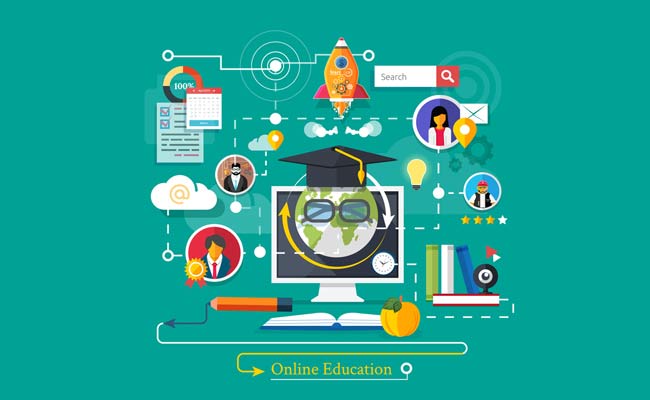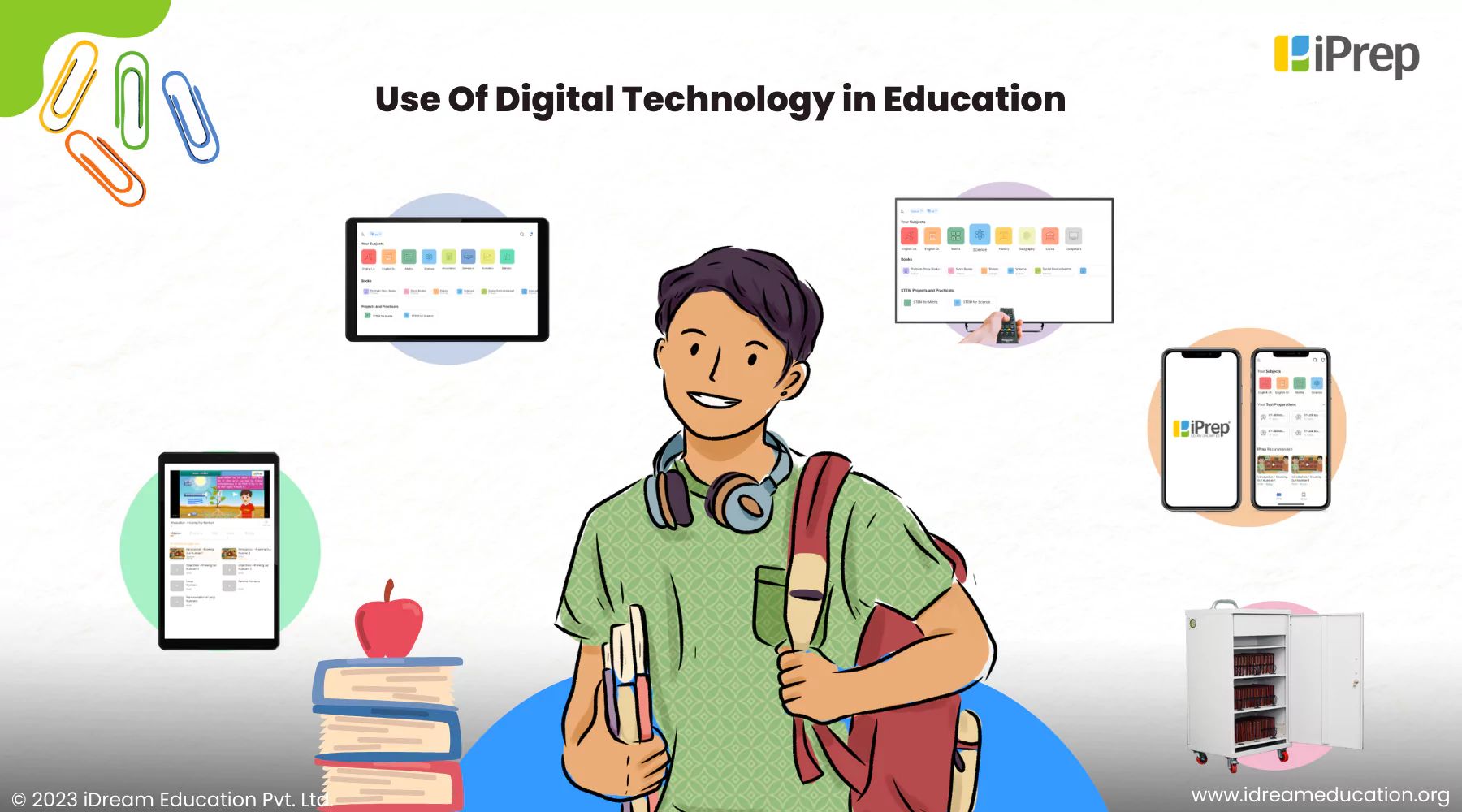Secure Your Future with Affordable and Trustworthy Insurance
Secure Your Future with Affordable and Trustworthy Insurance
Blog Article
Necessary Resources for Institutions to Boost Their Technique to Modern Technology Education And Learning
As institutions aim to improve their innovation education structures, the recognition and execution of crucial sources come to be vital. Cutting-edge educational program designs that integrate modern technology, alongside reliable on-line knowing systems, can considerably expand academic availability and involvement. Expert growth opportunities for instructors play an important function in guaranteeing they are outfitted with current approaches. Yet, the discussion does not finish there; the potential effect of collaborative tools and neighborhood collaborations warrants further exploration. What might these aspects jointly contribute to a much more robust modern technology education and learning landscape?
Ingenious Curriculum Designs
In today's rapidly developing technical landscape, teachers are significantly acknowledging the requirement for innovative curriculum designs that effectively incorporate innovation into learning experiences. This assimilation is important for preparing students for a future where digital literacy is critical. Ingenious curriculum layouts integrate numerous instructional techniques, ensuring that technology offers as a tool for enhancing interaction and facilitating much deeper discovering.
One reliable strategy is project-based discovering (PBL), where students take part in real-world problems, using technology to research study, work together, and present their searchings for. This approach not only promotes important thinking however also encourages the advancement of soft skills such as teamwork and communication. In addition, flexible knowing modern technologies can personalize the educational experience, satisfying private knowing styles and paces.
Additionally, interdisciplinary approaches that mix subjects, such as incorporating science and technology with the arts, help develop a more all natural knowing atmosphere. This cultivates imagination and innovation, gearing up students with the abilities required to prosper in a complex, interconnected globe. Ultimately, ingenious curriculum styles are important for growing a generation of learners who are not only skillful in innovation yet are likewise experienced problem solvers and essential thinkers.
Online Discovering Operatings Systems
Numerous instructors are turning to online discovering systems as important devices for enhancing academic access and engagement. These systems facilitate a hybrid discovering atmosphere that suits diverse knowing styles and speeds, making education and learning much more comprehensive. They use a series of sources, including video lectures, interactive simulations, and discussion forums, enabling pupils to access material from anywhere at any moment.
Noticeable online learning platforms, such as Coursera, edX, and Moodle, offer establishments with the infrastructure needed to deliver top quality innovation education and learning. These systems can be tailored to straighten with certain educational program objectives and pedagogical strategies, guaranteeing that establishments can keep their instructional requirements while leveraging digital resources.
In addition, on-line knowing systems sustain partnership amongst teachers and pupils, cultivating a feeling of area and shared discovering experiences. Advanced analytics devices available on these platforms allow instructors to track trainee progress and engagement, assisting in timely interventions when required.
Professional Growth Opportunities
Constant professional growth is essential for instructors seeking to stay abreast of arising modern technologies and instructional strategies in a swiftly developing instructional landscape (AI Tools). To effectively incorporate innovation right into the classroom, instructors have to proactively pursue chances that improve their skills and understanding
Organizations need to prioritize using seminars, courses, and workshops focused on the most up to date technical innovations and teaching techniques. These programs can resolve various facets of modern technology education and learning, including coding, digital literacy, and using educational software program. Furthermore, partnering with regional universities and tech organizations can give instructors access to specialized training and sources.
Online professional development platforms additionally supply versatility, enabling instructors to engage in self-paced discovering. Webinars and digital conferences can help with knowledge sharing amongst instructors worldwide, cultivating a global viewpoint on technology combination.
In addition, mentorship programs can attach skilled instructors with those new to technology, promoting collective learning and assistance. By developing a society of continual understanding, institutions can empower educators to embrace innovative mentor approaches, inevitably boosting pupil involvement and success in innovation education and learning. Purchasing specialist advancement not just advantages instructors however likewise substantially improves the discovering experience for trainees.
Collective Tools and Resources
Efficient integration of innovation in education likewise depends on using collaborative devices and resources that help with interaction and synergy among educators and trainees. Such tools boost interaction and foster a culture of partnership, important for contemporary learning environments. Platforms like Google Work Space and Microsoft Teams allow real-time document sharing, task monitoring, and seamless interaction, allowing groups to interact properly despite geographical obstacles.
Furthermore, learning monitoring systems (LMS) such as Canvas and Moodle offer organized settings for cooperation, where educators can develop online forums, assign team jobs, and facilitate conversations. These platforms not only simplify educational shipment yet also urge peer-to-peer interaction, important for constructing crucial thinking and problem-solving skills.
Additionally, devices like Padlet and Trello can be employed to imagine ideas and handle jobs collaboratively, boosting project-based knowing experiences. By incorporating these collective sources, institutions empower both students and teachers to contribute proactively to Recommended Site their finding out journeys. Eventually, the efficient use of joint tools not just enriches the educational experience but likewise prepares pupils to flourish in a progressively interconnected world.
Neighborhood and Market Collaborations
Community and sector collaborations play a vital function in boosting modern technology education and learning by connecting the gap between theoretical knowledge and useful application. These collaborations offer trainees with real-world experiences, enabling them to apply class principles to actual obstacles encountered by companies. By engaging with regional services and community organizations, universities can develop vibrant knowing environments that foster technology and ability advancement.

Additionally, these partnerships can lead to source sharing, where institutions gain from sector financing, innovation, and competence. Such support not just improves instructional offerings but additionally helps to cultivate a workforce that is well-prepared for the obstacles of the modern economy. Inevitably, the synergy produced via community and industry partnerships is essential for cultivating a culture of constant learning and adaptation in innovation education, making certain that organizations stay responsive to advancing technological landscapes.
Final Thought

One efficient approach is project-based understanding (PBL), where pupils engage in real-world problems, utilizing modern technology to research study, team up, and offer their findings. Additionally, adaptive knowing modern technologies can customize the instructional experience, providing to individual discovering designs and paces.
Additionally, mentorship programs can link experienced teachers with those new to modern technology, advertising collaborative learning and assistance. By developing a culture of constant learning, institutions can equip educators to welcome ingenious training strategies, eventually enhancing student engagement and success in innovation education and learning. Ultimately, the harmony created through neighborhood and sector partnerships is important for cultivating a culture of continual understanding and adaptation in modern technology education, guaranteeing that organizations stay responsive to developing technological landscapes.
Report this page